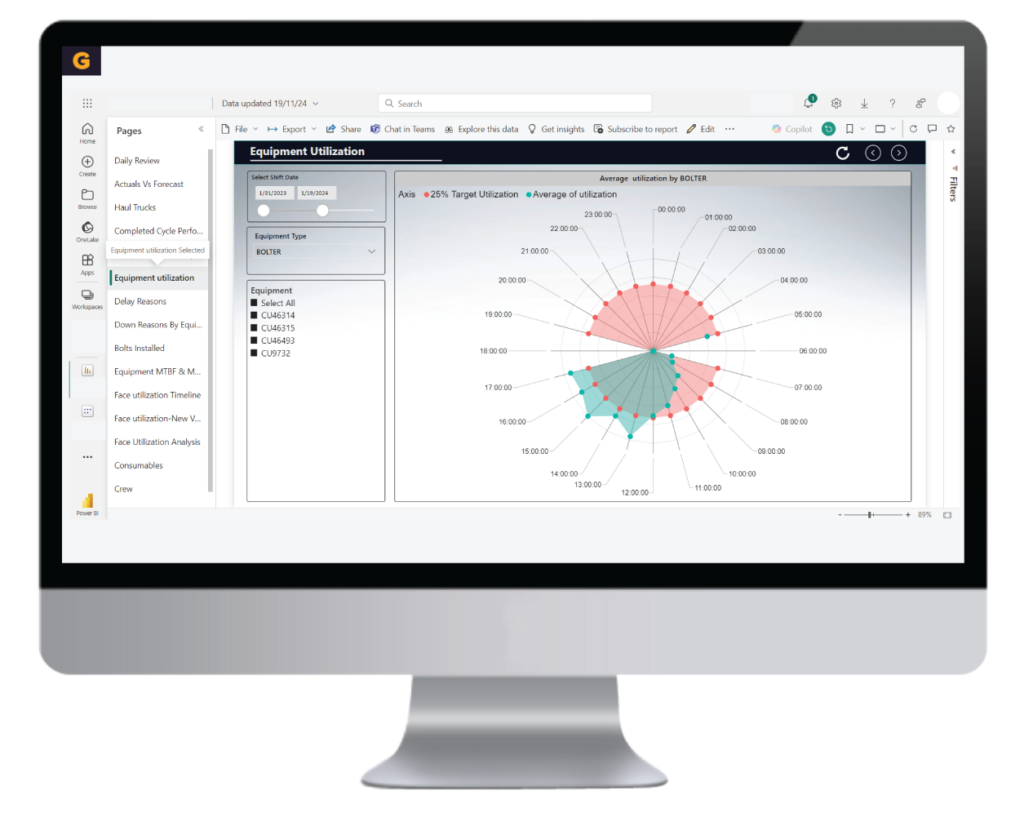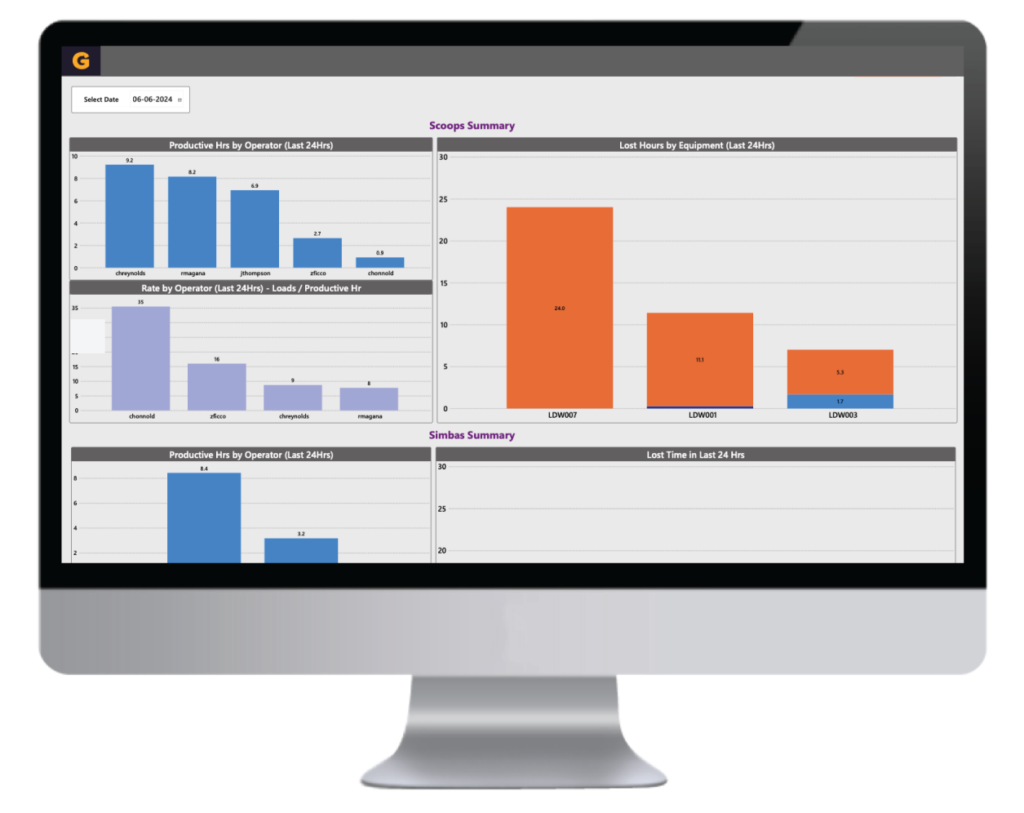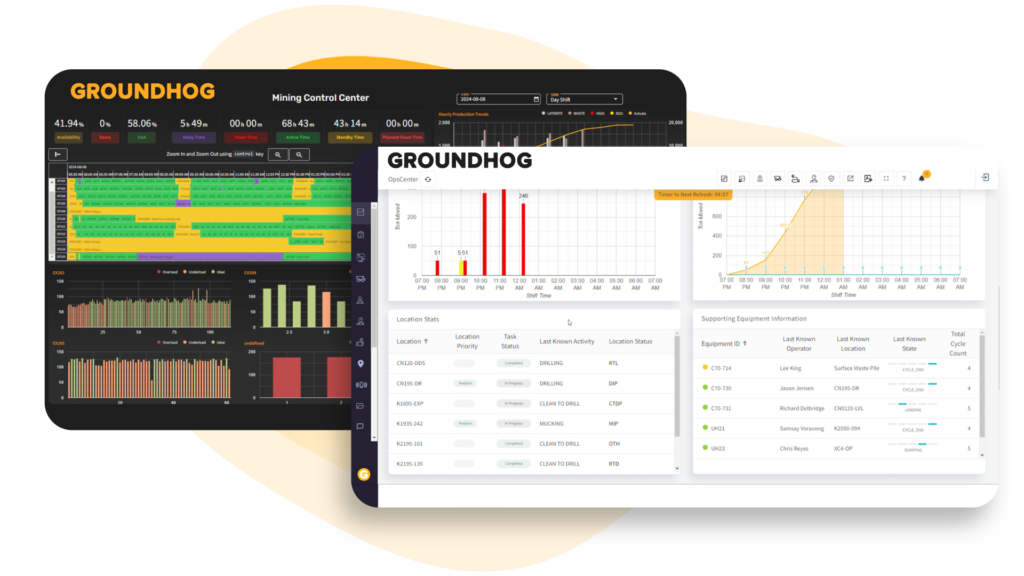Introduction: Defining Efficiency in the Mining Context
Efficiency in mining is essential for operational success. Unlike many industries, mining efficiency isn’t solely about achieving high output; it’s also about optimizing various processes and systems. In a mine, “efficiency” reflects the balance between maximizing production, reducing downtime, maintaining equipment, and enhancing safety—all while minimizing costs. For example, the difference between a productive day and an inefficient one could come down to how long equipment remains idle, whether trucks are fully loaded, and the amount of time lost during shift transitions.
Key Metrics in Mining Efficiency
Shift Duration and Effective Shift Time
Effective shift time measures the actual productive work hours versus the scheduled shift. For instance, in an 8-hour shift, inefficiencies like delays in shift changes or extended equipment inspections could leave only 6 hours of true productive time. Identifying and reducing this discrepancy helps optimize work hours, making it possible to increase productivity without extending shift durations. Tracking these metrics can highlight areas where pre-shift preparation or communication during handovers might be causing delays, thereby offering an opportunity to streamline shift transitions.

Trucking Efficiency
Trucks are the backbone of transportation in mining, and their efficiency has a direct impact on production. Key factors include load times, route selection, and minimizing idle time. Imagine a mine where trucks travel long, inefficient routes to avoid congested paths. With data-driven route optimization, those trucks could instead take faster paths, reducing travel time and fuel use by 15-20%. Tracking and analyzing trucking efficiency metrics helps mining operations reduce costs and improve vehicle turnaround times.

Equipment Utilization
Equipment utilization is crucial in determining if assets are being used to their full potential. For example, if a site’s bulldozer is only used 60% of the time, managers can investigate why and find ways to increase its uptime, potentially reducing the need for additional machinery. By balancing equipment use, mining operators can also extend the lifespan of expensive assets, preventing premature wear and saving costs on repairs or replacements.


Stope Utilization
Stope utilization involves maximizing the efficiency of the mining areas where ore is extracted. In underground mining, stopes represent a high cost of extraction, so ensuring they’re fully utilized is vital. If one stope consistently underperforms, it could indicate geological challenges, resource misallocation, or equipment delays. Analyzing stope utilization metrics can lead to strategic adjustments, such as reassigning equipment or staff to higher-yield areas, boosting overall production.

People Utilization
People utilization measures how effectively labor resources are used throughout a shift. If operators are idle for long periods waiting for equipment, it not only wastes wages but can also delay overall project timelines. By tracking where workers spend their time, managers can adjust schedules, assign workers to more productive tasks, or deploy additional resources to bottleneck areas, ensuring each worker’s time is well-spent.

Conclusion: Data-Driven Mining Efficiency
Efficiency metrics provide invaluable insights into each facet of mining operations, from worker productivity to equipment performance. By understanding and optimizing these key metrics, mining companies can reduce waste, increase output, and maintain high safety standards, leading to both cost savings and enhanced operational performance.
